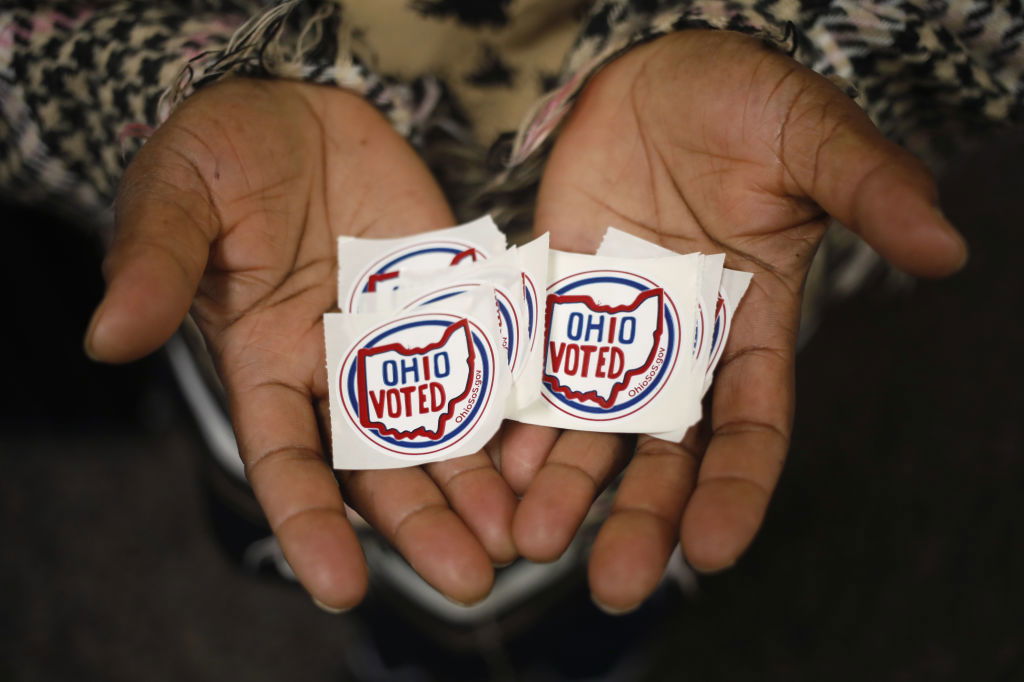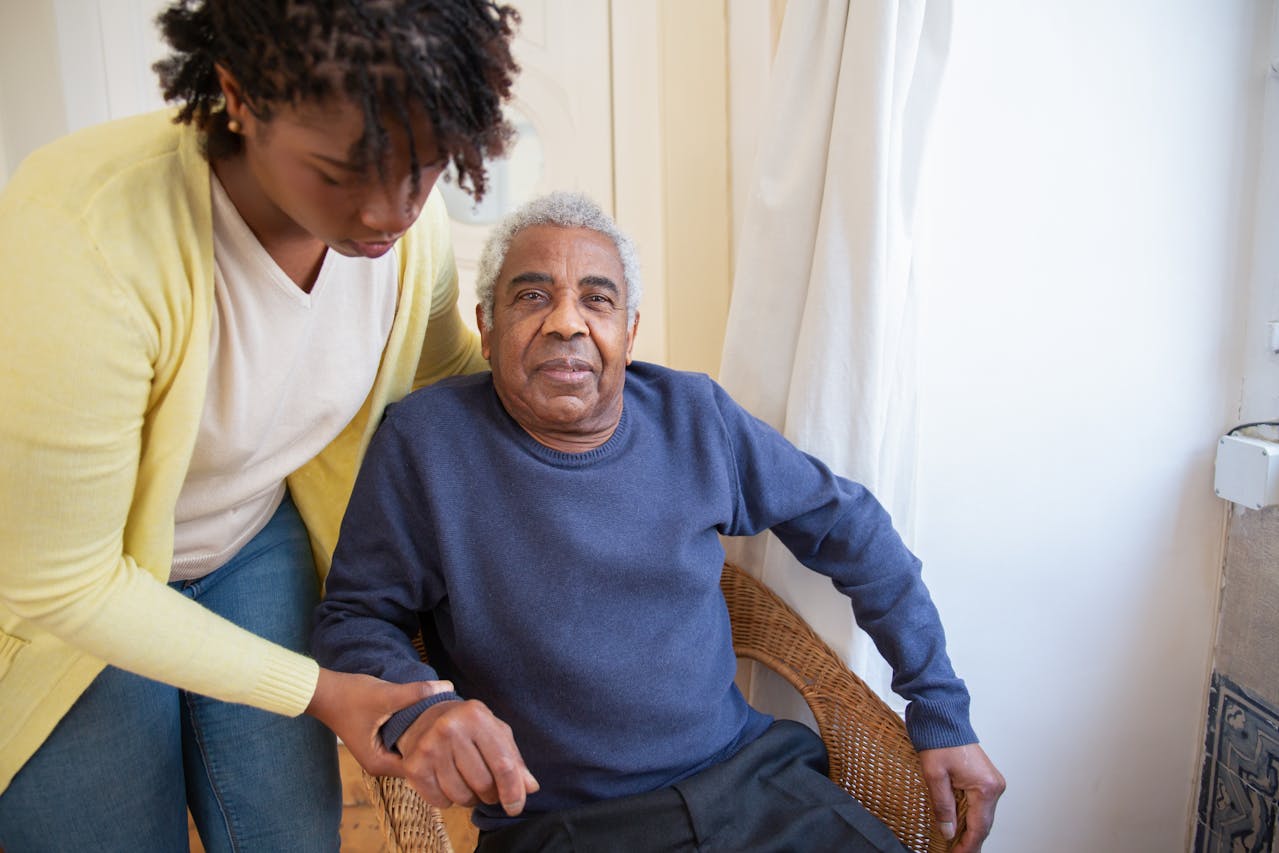
November 11, 2024
How We Roll: The Limited Edition LEGO Set Honoring Black Skate Culture
How We Roll comes with 428 LEGO®pieces and an instruction manual filled with archival images.
It’s 11:30 in the morning, and Syreeta Gates has her hands up singing, “That’s just how we roll/ You know what it is/ What it is.”
The song by Chris Brown and Ciara is what Gates said first comes to mind during her interview with BLACK ENTERPRISE to discuss the How We Roll project. Those exact words were written on paper for the latest collaboration between Most Incredible Studio, Black Archives, and LEGO as they introduce a limited-edition roller skate art piece celebrating the legacy of Black roller skating culture.
Most Incredible is the first Black-owned creative studio for LEGO art, founded by Randall Wilson and Gates. Black Archives, a platform founded by Renata Cherlise, is on a mission to tell Black stories through memory and imagination.
“This is not a product for us. This is a gift,” Gates told BE. “We wanted to honor Black skating culture with this gift we created together.”
How We Roll comes with 428 LEGO pieces and an instruction manual. The manual will captivate the hearts of skate enthusiasts as it tells the story of Black skating culture through the decades. It’s filled with images and archival footage. There are also images of a custom photo shoot with visual storyteller Joshua Taylor out of Chicago and an interview with the owner of the iconic skating “The Rink” in the Windy City.
Ways To Interact With How We Roll
For those who assemble the LEGO pieces of How We Roll, the kit comes with a stand to showcase the skate on a mantle, but it doesn’t have to be built. The creators designed it so that people could showcase the box only if they chose.
“We have really gone above and beyond,” said Gates. “There are so many ways to interact with the gift. You can keep it in a box without opening it because the box is beautiful. There are archival images on every side of the box.”
The skate, which can also roll on smooth surfaces, is black, grey, and red — colors the creators say are intentional.
“I remember growing up seeing all Black skates, and those were the fire skaters. That meant you were serious,” says GaLetes. “You were renting skates if you had a pair of black skates, so this skate pays homage to that greatness.”
From the outside of the box to the pieces inside and even the manual, How We Roll is a timeless black, grey, and red piece that will tug on the heartstrings of those who can remember their best times at the skating rink while teaching the next generation about Black skate culture.
“This has honestly been a labor of love. I hope people feel and understand that energy when they’re building it or looking at the box and archival photos we chose,” says Gates. “We could have created 950,000 things, but [we chose] this love letter to Black skate culture.”
RELATED CONTENT: This Pop-Up Roller Disco is Reviving the Roller Skating Community








